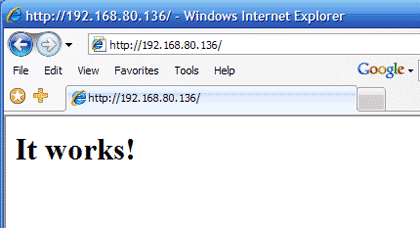Quicky Web Server for MSWindows XP
by Computothought in Circuits > Microsoft
6395 Views, 14 Favorites, 0 Comments
Quicky Web Server for MSWindows XP

Several friends wanted to know how to set up an MSWindows web server quickly. I do not own or plan to own any more Microsoft products such as MSWindows 7 so I am using my existing XP set up for this instructable.
Update: added full web server quickie install.
Update: added full web server quickie install.
Setup:

You will need to get and install python for you MSWindows.
You will want to go to http://www.python.org/download/ and download the version for your system and http://www.python.org/download/windows/ for more downloads.
Please use their instructions for installing the product. Also contact them if you need help with it.
You will want to go to http://www.python.org/download/ and download the version for your system and http://www.python.org/download/windows/ for more downloads.
Please use their instructions for installing the product. Also contact them if you need help with it.
Running Python and Getting the Web Server Started.

Assuming you now have python installed, go to the command prompt and type ipconfig so you know what address to put in the url of the other computer. Write or make note of the address.
Then change to the directory you want to serve. I just used the root directory and typed:
Then change to the directory you want to serve. I just used the root directory and typed:
c:\python27\python -m SimpleHTTPServer 8080You are in business.
Access the Server.

Now you want to go to the machine you want to download the files to.
1. Open up your web browser and type In the url type in the ipaddress you found in the last step with :8080 added on the end, then press enter (that is just the port being used instead of the usual port 80.)
xxx.xxx.xxx.xxx:8080
2. You should see the directory of the host computer. if there is an index.htm(l) file in that directory it will be displayed instead of the directory. (you will need to rename it if you just want to download files.
Viola, you done. Now you can download files if you need to.
Apache Quicky Setup

See https://www.instructables.com/id/Home-Automation-MSWindows-XP/ for one of many ways to set up a quicky apache web server on windows.
or
http://articles.techrepublic.com.com/5100-22_11-6048525.html
or not Apache (try at your own risk.
http://technet.microsoft.com/en-us/library/cc731911.aspx
or
http://articles.techrepublic.com.com/5100-22_11-6048525.html
or not Apache (try at your own risk.
http://technet.microsoft.com/en-us/library/cc731911.aspx